Locked-in syndrome
What is a Locked-in syndrome?
Locked-in syndrome is a complex medical condition presenting with quadriplegia, bulbar sign, and loss of sensation in the whole body due to damage to the brain stem, mostly the anterior pons.
Locked-in syndrome is also known as pseudocode. in this condition patient is aware but can not move because of totally paralysis
of nearly all muscles in the body except the vertical eye movements.
Locked-in syndrome more commonly affects people who are 30-50 years old.
Types of the locked-in syndrome:
- Classical locked-in syndrome
- Incomplete locked-in syndrome
- Total immobility locked-in syndrome
In the classic locked-in syndrome type Quadriplegia and anarthria with preserved consciousness and vertical eye movement.
The incomplete locked-in syndrome is the same as the classic but with some other types of voluntary movement other than vertical eye movement.
In total immobility, locked-in syndromes are complete immobility and an inability to communicate however the person is fully conscious.
Signs & symptoms of locked-in syndrome:
Patient with locked-in syndrome cannot voluntarily:
- Chew
- Swallow
- Speak
- Make facial expression
- Produce any movements below their eyes
Most people with locked-in syndrome can
- Eyes up and down
- Blink
- Hear
- Have sleep-wake cycles
- Total paralysis of the limbs
- Difficulty in regular breathing pattern
- Poor muscle control
- Dizziness
- Vertigo
- Severe aphonia
- Quadriparesis or quadriplegia
- Expression through eye movement or blinking
Causes of the locked-in syndrome:
- Neurotoxic venoms
- Blood-brain barrier
- Brainstem stroke
- The disease of the circulatory system
- Overdose of medication
- Damage to nerve cell
- Destruction of the myelin sheath
- Brain hemorrhage
- Traumatic brain injury
Differential diagnosis of the locked-in syndrome:
- Amyotrophic lateral sclerosis
- Bilateral brainstem tumors
- Brain death
- Coma
- Guillain–Barre syndrome
- Myasthenia gravis
- Poliomyelitis
- Polyneuritis
- Vegetative state
Mechanism of injury:
The most common mechanism of injury is occurred by ventral pontine stroke. most commonly ventral pontine infarction is the result of artery occlusion. more than 20 different mechanisms of the locked-in syndrome have been described. frequent causes of the locked-in syndrome include tumors, infection, trauma, lesions, and brains.
Can you feel pain with locked-in syndrome?
Depending on which type of locked-in syndrome you have, you may be able to feel physical pain or may not be able to feel physical pain.
If you have total immobility type of locked-in syndrome patient won’t be able to feel physical pain due to total paralysis of her body.
If you have to incomplete type of locked-in syndrome patients may be able to feel physical pain and other sensations in some regions of their body.
What tests will be done to diagnose locked-in syndrome?
MRI scan and CT scan :
MRI scans and CT scans can show damage to your pons and other portions of your brain.
Cerebral angiography:
A cerebral angiography test can reveal a blood clot in the arteries of your brainstem or somewhere else in your brain.
Electroencephalogram:
Electroencephalogram tests can measure the electrical activity of the brain. Electroencephalograms can help experience normal brain activity and sleep-wake cycles.
Evoked potential:
Evoked potentials test can measure the electrical activity in the certain brain and spinal cord areas.
Electromyography:
An electromyography test can measure your muscle and nerve work.
Blood test:
A blood test is a metabolic panel. it’s checked by the sodium level of the blood. blood tests can help determine the pontine myelinolysis.
Cerebrospinal fluid examination:
The cerebrospinal fluid examination can help determine the infection or autoimmune condition.
Treatment of locked-in syndrome:
Locked-in syndrome is currently no cure.
Example of
- Medication
- Deep brain stimulation
- Supportive therapies
Medication:
Certain drugs and groups of drugs can help muscle tremors and movement issues:
- Levodopa
- Dopamine agonists
- Monoamine oxidase B inhibitors
Deep brain stimulation:
A surgical procedure that involves inserting wires beneath the skin and into areas of the brain affected by Parkinson’s disease.
Supportive therapies:
Supportive therapies can help a person manage the symptoms and improve the quality of life.
Physical therapy:
Physical therapy can help muscle stiffness and improve flexibility and walking.
To Improve flexibility exercise & release muscle stiffness following exercise are useful:
- forward lunges
- Side lunges
- Cross over
- Standing quad stretch
- Seat Straddle lotus
- Seat side straddle
- seat stretch
- Knee to chest
- standing side stretch
- Standing calf stretch
- Seat Hamstring Stretch
- Shoulder stretch
- Backstretch
- Forward hang
- Butterfly Groin Stretch
- Forward bend stretch
There is no permanent cure for the locked-in syndrome. one therapy is called functional neuromuscular stimulation. electrodes are used to stimulate muscle relaxation.
Summary:
locked-in syndrome is a complex medical condition presenting with quadriplegia, bulbar sign, and loss of sensation in the whole body due to damage to the brain stem, mostly the anterior pons. Locked-in syndrome more commonly affects people who are 30-50 years old.
There are three types of locked-in syndrome. Classical, incomplete, and total immobility.
Treatment of locked-in syndrome is medication, deep brain stimulation, and Monoamine oxidase B inhibitors. Physiotherapy treatment of locked-in syndrome is currently can help to reduce muscle stiffness and improve flexibility and walking.
FAQ:
How does locked-in syndrome start?
Locked-in syndrome is caused by any lesion affecting the ventral pons midbrain.
Can people with locked-in syndrome see?
Patients with the locked-in syndrome have an intact cognitive function and are awake, with eye-opening and normal sleep-wake cycles they cannot move their lower face, chew, swallow, speak, breathe, move their limbs, or move their eyes laterally.
Can you get out of locked-in syndrome?
There is no cure or specific treatment for locked-in syndrome other than treating the cause and preventing further complications, if possible. in the locked-in syndrome includes supportive therapy and communication training.
What happens to people with locked-in syndrome?
locked-in syndrome classically cannot consciously or voluntarily chew, swell, breathe, speak, or produce any movements other than those involving the eyes or eyelids.
Does locked-in syndrome happen suddenly?
sudden numbness and weakness in any part of the body.Slurred speech. Difficulty speaking or understanding speech. Inability to swallow or speak.
How do people with locked-in syndrome communicate?
In this stage, patient blinking can be used to establish communication. There are many devices that can help patients to communicate by using their breathing, blinking, cheek muscles, or other muscle activities they can still control—even if they cannot type or speak.
Is locked-in syndrome rare?
There are no exact numbers on how many people are diagnosed with the locked-in syndrome each year. However, it is an extremely rare condition. There are only a handful is also known as locked-in syndrome cases confirmed each year.
Can you recover from being locked in?
you may recover motor abilities, but a complete recovery is highly unlike.

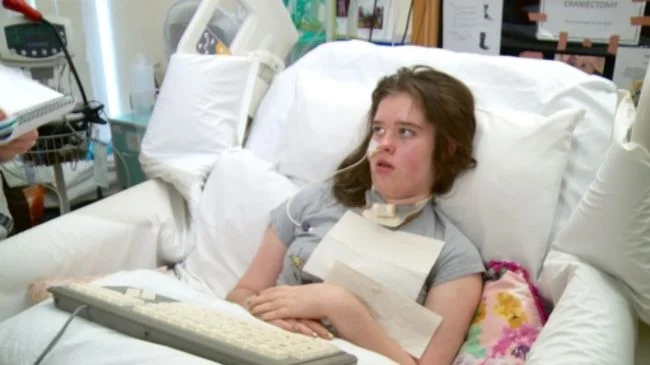
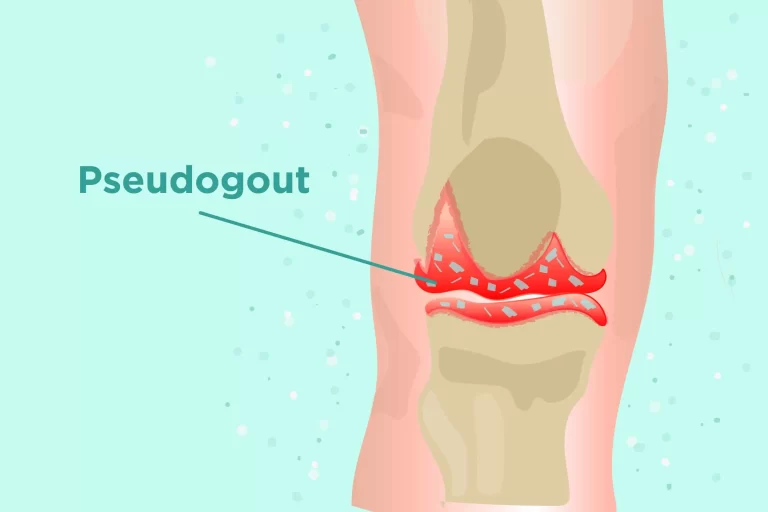

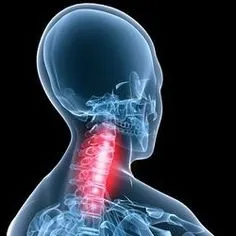
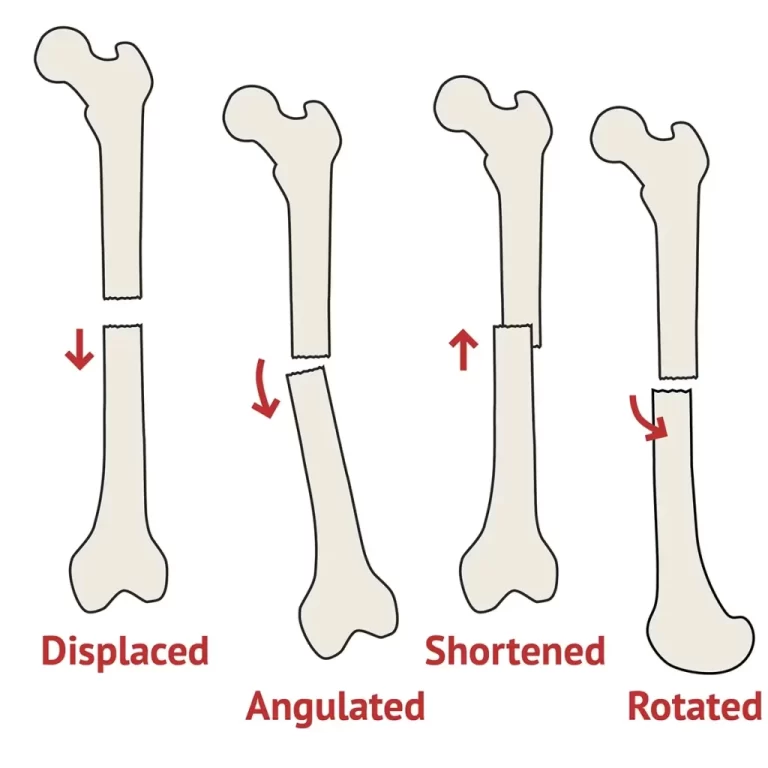

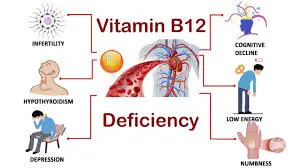
3 Comments